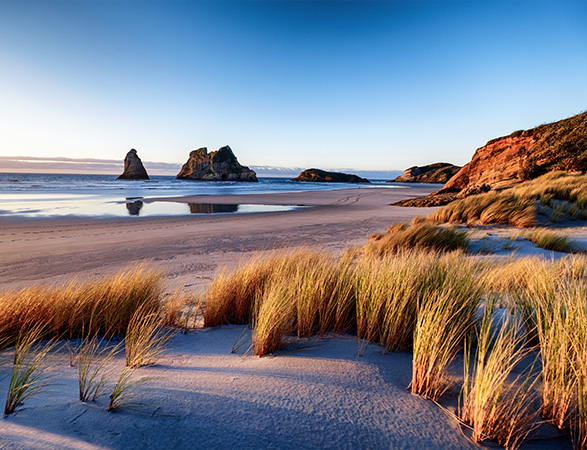

Australia and New Zealand
The Society for Risk Analysis Australia and New Zealand Regional Organization (SRA-ANZ) is a regional organization of the non-profit SRA International, which provides multidisciplinary and scholarly work on risk issues. We support and foster the use of science and tools of risk analysis in order to assess, manage, govern, and communicate risks relevant for the 21st century.
Annual Meeting
Our next SRA-ANZ Annual Meeting will be in Melbourne 6th and 7th February 2025.
The SRA Annual Meeting brings together a cross-disciplinary community of scientists from academia, industry, and government dedicated to risk science in all aspects of our connected world.
Our Mission
The purpose of the Society for Risk Analysis – Australia & New Zealand (SRA-ANZ) is to provide an opportunity for an inclusive, broad-based society that promotes communication between disciplines, a breadth of tools and viewpoints, and platforms for training, workshops, and conferences.
Our Objectives
- To serve as the focal point for interaction of members of the Society and other interested individuals and organizations in Australia and New Zealand.
- To further understanding, awareness, and appropriate applications of risk analysis and to promote an exchange of ideas and practical experiences among members of the academic, professional, industrial, and regulatory communities involved in risk analysis and risk management in Australia and New Zealand.
- To hold scientific and educational meetings.
Sign up for our mailing list here